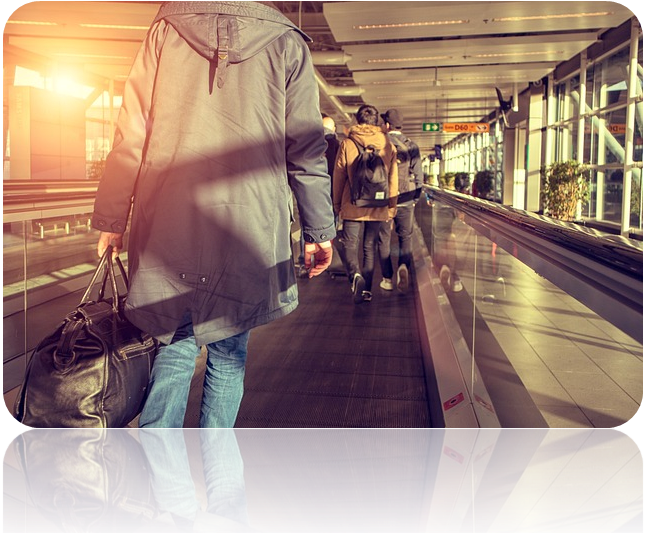Airline Luggage Tips
Last Minute Flight Deals
What are the size and weight restrictions for my luggage?
- Since the airlines' luggage restrictions are subject to frequent changes, it's advisable to check directly with your airline regarding size, weight, and the number of bags you can check and carry-on.
- In many cases, airlines have imposed new limits on both carry-on and checked baggage. Typically, carry-on bags are limited to dimensions ranging from 14" to 16" high, 21" to 24" wide, and 8" to 9" deep. The lower limits are for under-seat storage, while larger limits apply to the overhead compartment. A total of 45" (height + width + depth) can serve as a basic guideline to determine if your bag qualifies as a carry-on.
- Most airlines have a carry-on weight limit of 40 pounds and a checked baggage weight limit of 70 pounds.
- Some airlines allow larger size and weight for your first bag but have more restrictive limits for additional bags.
- Many airlines' limits vary based on whether you are traveling domestically or internationally, flying in first, business, or coach class, or if you are a member of their premium membership clubs.
- All limits are now much more strictly enforced than in the past. Bags are weighed at check-in, and many airlines have implemented bag sizers at their gates. Oversized carry-on bags may need to be checked, incurring extra charges, while overweight luggage may result in high overweight luggage fees.
How many pieces of luggage can I take with me?
- Don't expect to consistently get away with sneaking extra luggage on board. With more rigorous enforcement of rules and increased presence of bag sizers, chances of evasion are dwindling, especially during holidays and peak flying times when airlines are vigilant due to full flights and passengers attempting to exceed limits.
- During periods of heightened security, you may be required to check items that would normally be allowed as carry-on.
- Most airlines allow a combination of three bags to be divided between your carry-on and checked baggage. However, differences exist in their allowance programs, and certain items may be counted differently by airlines.
- Premium passengers or members of airlines' loyalty programs may be entitled to bring additional luggage free of charge.
- If you plan to bring extra luggage, it's crucial to check with the airline beforehand to confirm whether it's permitted on the plane. Even if you're willing to pay an extra fee, the airline may refuse additional luggage if the plane is already at capacity. If granted permission, ensure the person authorizing it notes this on your reservation and obtain their name.
- When changing airlines or connecting flights during your trip, consider the luggage limits for all the airline flights you'll be using, as what's acceptable for one airline may incur extra charges with another.
- Check regulations when making connecting flights in European or other foreign countries, as luggage limits may be more restrictive while flying within the area compared to arriving flights.
- If flying on a commuter airline for any leg of your trip, familiarize yourself with their luggage limits, as many commuter airlines have limited space and only permit carry-on baggage, often with stricter weight limits.

How can I avoid extra charges for my luggage?
- Familiarize yourself with the luggage limits of all the airlines you'll be using on your trip and try to adhere to those limits.
- Avoid overpacking, as overweight bags can cause injuries to baggage handlers and may incur hefty handling fees from airlines.
- If you genuinely need the items, consider paying the extra bag fee. It's often cheaper to divide your items into two bags and pay the extra bag fee than to pay an overweight bag charge. Additionally, this may prevent the embarrassment of having your luggage burst open due to being packed too full.
Additional luggage requirements update:
As of May 2024, several airlines have updated their luggage requirements in response to evolving travel conditions. These updates include stricter enforcement of weight limits, revised size dimensions for carry-on and checked bags, and potential changes to the number of bags permitted per passenger. It's essential to check the latest guidelines directly with your airline or hotel booking platform before traveling to avoid any inconvenience or additional charges.

